Planting vegetables in the right season will greatly enhance your harvest. Most vegetables belong to one of two seasonal groups: cool-season crops and warm-season crops.
The planting date for each vegetable depends upon the temperature and the weather that the vegetable can best tolerate. Cool-season vegetables grow best in early spring or in late summer and autumn when temperatures are cooler. Warm-season vegetables grow best during the late spring, summer, and early autumn when the temperatures are warm.
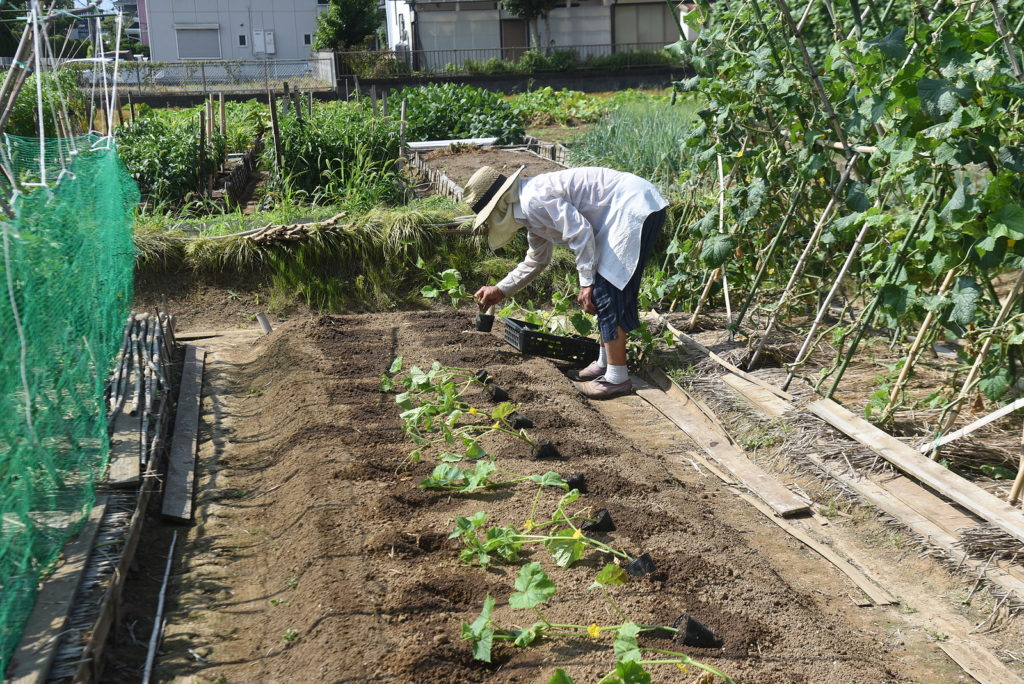
Cool-season vegetables must mature while the weather is cool otherwise they will go to seed. That means they are usually planted at the end of the warm season or the start of the cool season. Warm-season vegetables must be planted and begin to grow after the last frost or freeze of winter, and they must mature soon enough that they can be harvested before the first frost of the next cool season.
Of course, if the temperatures in your region are cool year-round, cool-season crops will be well-suited most of the year. And, if you live in a tropical or subtropical region where the weather is seldom if ever cool, warm-season crops are your best year-round choice.
Good Products for Raised Bed Growing at Amazon:
- Galvanized Raised Bed 8×3
- Cedar Raised Bed 4×8
- Elevated Cedar Planter 4×2
- Walk-In Greenhouse Tunnel 15x7x7
- Row Cover for Freeze Protection 10×30
Cool-season and warm-season vegetables
Vegetables are generally divided into two categories: cool-season vegetables and warm-season vegetables.
Cool-season vegetables
Cool-season vegetables should be planted so that they mature when the weather is cool, either in spring or early summer or in autumn or winter. Cool-season crops come to harvest in cool weather, either in spring or fall, or winter. Cool-season crops can be planted when the soil and air temperatures are cool, as low as 40ºF (5ºC). Mature cool-season crops can survive in temperatures near freezing without protection. Cool-season crops do not do well in the warmest summer temperatures.
Warm-season vegetables
Warm-season vegetables should be planted so that they mature when the weather is warm and the soil and air temperatures are above 50ºF (10ºC). They will grow best when the temperature is 75ºF (24ºC) or warmer. Warm-season vegetables can be grown out of their season if they are protected from temperatures below 50ºF (10ºC).
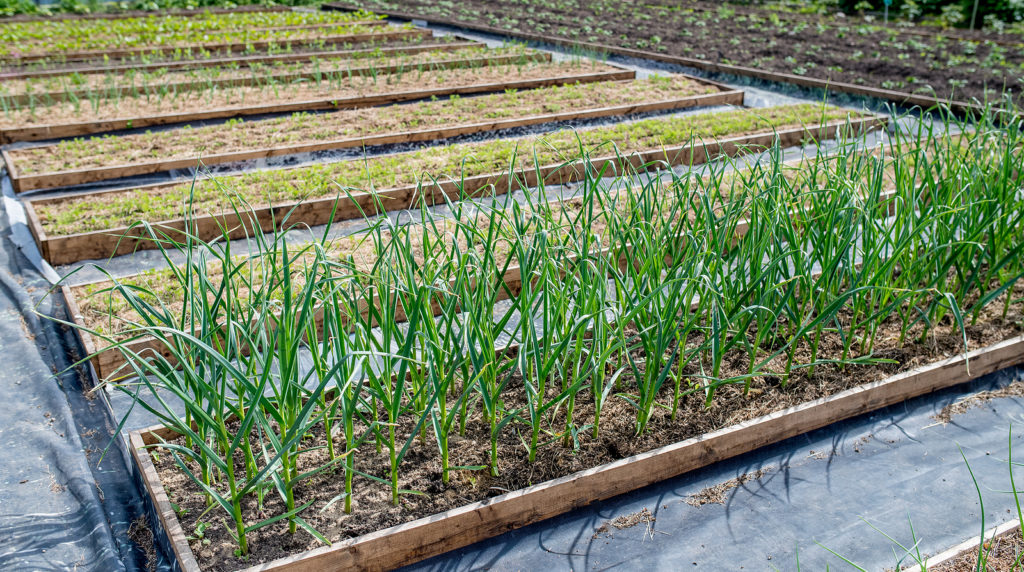
Hardy and half-hardy vegetables
Cool-season vegetables are often further categorized as hardy and half-hardy.
Hardy vegetables
are the most cold-tolerant. They can be planted 2 to 4 weeks before the date of the average last frost in spring; their seeds will germinate in cold soil and their seedlings can endure short freezes. Hardy vegetables will grow when the daytime temperature is as low as 40º (5ºC) degrees. Hardy vegetables include asparagus, broccoli, Brussels sprouts, cabbage, chives, collards, corn salad, garlic, horseradish, kale, kohlrabi, leeks, mustard, onions, parsley, peas, radishes, rhubarb, rutabaga, spinach, and turnips.
Half-hardy vegetables
Halr-hardy vegetables grow when the minimum temperature is between 40º and 50º (5-10ºC). They are able to tolerate light freezes, that is just a few hours of frost. Half-hardy vegetables include beets, carrots, cauliflower, celery, celeriac, chard, Chinese cabbage, chicory, globe artichokes, endive, lettuce, parsnips, potatoes, salsify, sorrel, and hardy herbs. Half-hardy crops may be planted as early as 2 weeks before the average last spring frost.
Cool-season vegetables grow best when the temperature highs are in the range of 70-75ºF (21-24ºC). Cool-season crops usually stop producing when daytime temperatures reach 80ºF (26ºC) or higher. Many cool-season crops that come to maturity before or shortly after the first frost in autumn can be protected where they are in the garden from freezing temperatures and harvested as needed throughout the winter. (These plants do not continue to grow, but simply maintain and remain ready for harvest.)
Tender and very tender vegetables
Warm-season vegetables are often categorized as tender and very tender.
Tender vegetables
Tender vegetables prefer temperatures between 70º and 95ºF (21-35ºC) and require daytime temperatures of 60ºF (15ºC) or greater to thrive. Tender vegetables will not tolerate frost and may be sensitive to cool winds. These crops should not be sown in the garden until the date of the average last spring frost. Tender crop seedlings are best transplanted into the garden 1 to 2 weeks after the last spring frost. Tender vegetables include beans, sweet corn, cucumbers, New Zealand spinach, summer squash, and tomatoes.
Very-tender vegetables
Very tender vegetables require daytime temperatures consistently warmer than 55ºF (13ºC). A week of daytime temperatures below 55ºF will likely stunt the growth of a very tender vegetable. These crops are likely to suffer in a cool breeze. They are best planted at least 3 weeks after the last frost in spring. Very-tender vegetables include lima beans, cantaloupe, eggplant, muskmelon, okra, peppers, pumpkins, winter squash, sweet potatoes, and watermelon.
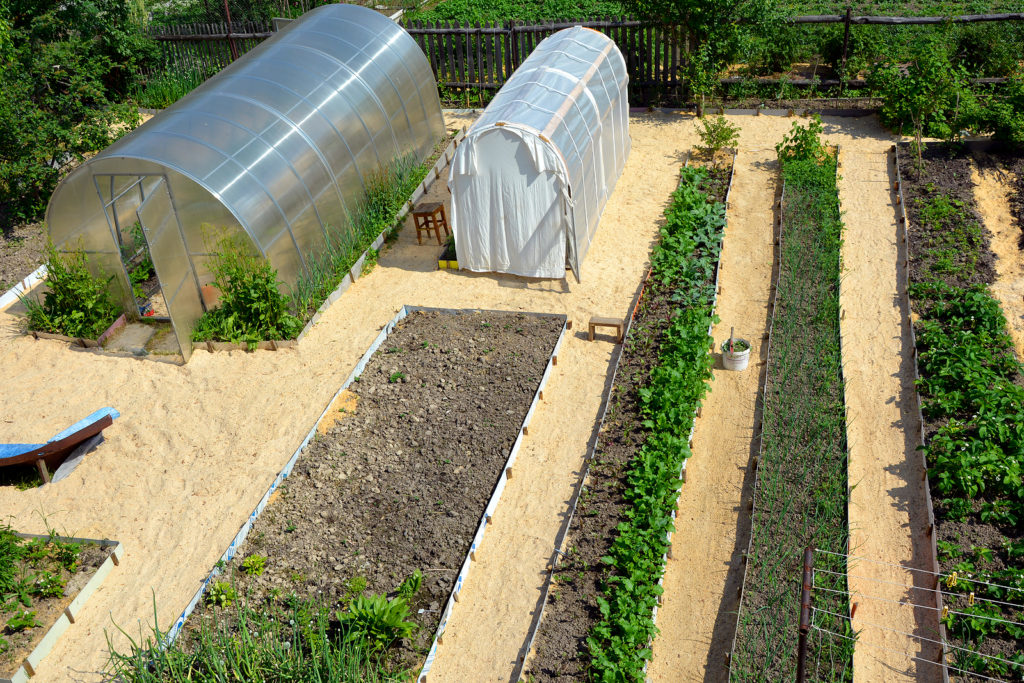
Planting cool-season vegetables
Cool-season vegetables should be planted so that they mature either in the spring or early summer before the heat of summer or later in autumn as the weather begins to cool. Cool-weather vegetables require a minimum planting temperature of 40-50°F (5-10°C), and they grow best when the temperature highs are in the range of 70-75°F (21-24°C). Cool-season vegetables usually stop production when daytime temperatures reach 80ºF (26°C). or higher.
Cool-season vegetables that can tolerate frost and or short freezes are classified as hardy and half-hardy according to their tolerance.
Hardy vegetables
Hardy vegetables can be planted two to four weeks before the last frost in spring. Their seeds will germinate in cold soil and their seedlings can endure short freezes.
- Asparagus
- Broccoli
- Brussels sprouts
- Cabbage
- Collards
- Garlic
- Horseradish
- Kale
- Kohlrabi
- Leeks
- Onions
- Parsley
- Peas
- Radishes
- Rhubarb
- Rutabagas
- Spinach
- Turnips
Half-hardy vegetables
Half-hardy cool-weather vegetables are able to tolerate light freezes, just a few hours of freezing weather or frost. Half-hardy crops should be planted about the date of the last spring frost. If they are planted too soon, they will not survive extended freezing weather.
- Beets
- Carrots
- Cauliflower
- Celery
- Chard
- Chinese cabbage
- Chicory
- Globe artichokes
- Endive
- Lettuce
- Parsnips
- Potatoes
- Salsify
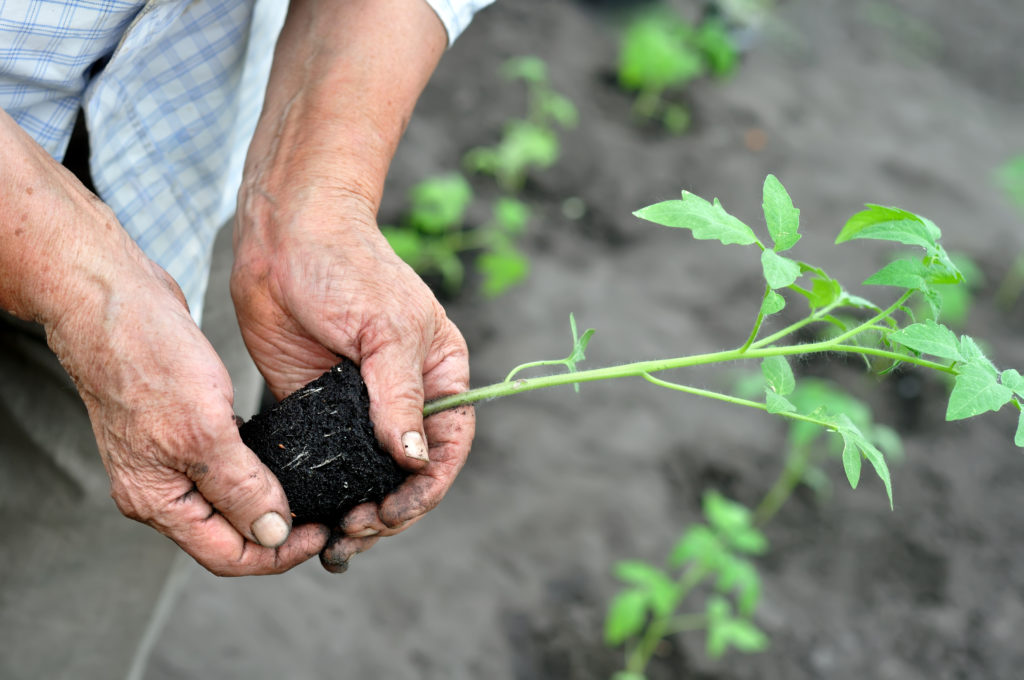
Planting warm-season vegetables
Warm-season vegetables require a minimum soil planting temperature of 50°F (10°C). The optimal soil planting temperature for warm-season crops is 60°F (16°C). Warm-season crops do best when the air and soil temperatures reach 65-86° (18-30°C). Most warm-season vegetables require at least 75°F (24°C) for minimum growth.
Warm-season crops can be classified as tender and very tender. Tender vegetables are best planted one to two weeks after the last frost. Very tender vegetables are best planted at least three weeks after the last frost.
Tender vegetables
- New Zealand spinach
- Snap beans
- Sweet corn
- Tomatoes
Very tender vegetables
- Cucumbers
- Eggplant
- Lima beans
- Muskmelons
- Okra
- Peppers
- Pumpkins
- Squash
- Sweet potatoes
- Watermelons
Many warm-season vegetables can be grown out of their season if they are protected from temperatures below 50ºF (10ºC). You can use cold frames, row covers, cloches or other season-extending devices to grow warm-season vegetables out of season.
Once you have decided on a site for your garden, it will be time to decide what to grow. Every garden is situated in a climate and more specifically a microclimate. Where you live will play it big part in what you grow and when you grow it. Not all vegetables do well in every region or in every garden.
How to know your growing season
Learn about the climate and weather in your area including the temperature highs and lows throughout the year. How many days of frost or freezing weather do you get each year where you live? What are the average date of the last frost in spring and the first frost in autumn? Between the last frost in spring and the first frost in autumn, each year fall the number of frost-free growing days—also called the growing season. See also: Average Date of the Last Frost and Days in the Growing Season.
Spring, summer, and fall
In most regions of the temperate—not tropical—world, the growing season starts with cool weather in spring which turns to warm and hot weather during the summer and then returns to cool weather again in fall.
You can start the growing season with cool-weather crops in spring. Follow spring cool-weather crops with summer warm-weather crops. In mid to late summer, you can plant cool-weather crops again for harvest in autumn before winter arrives.
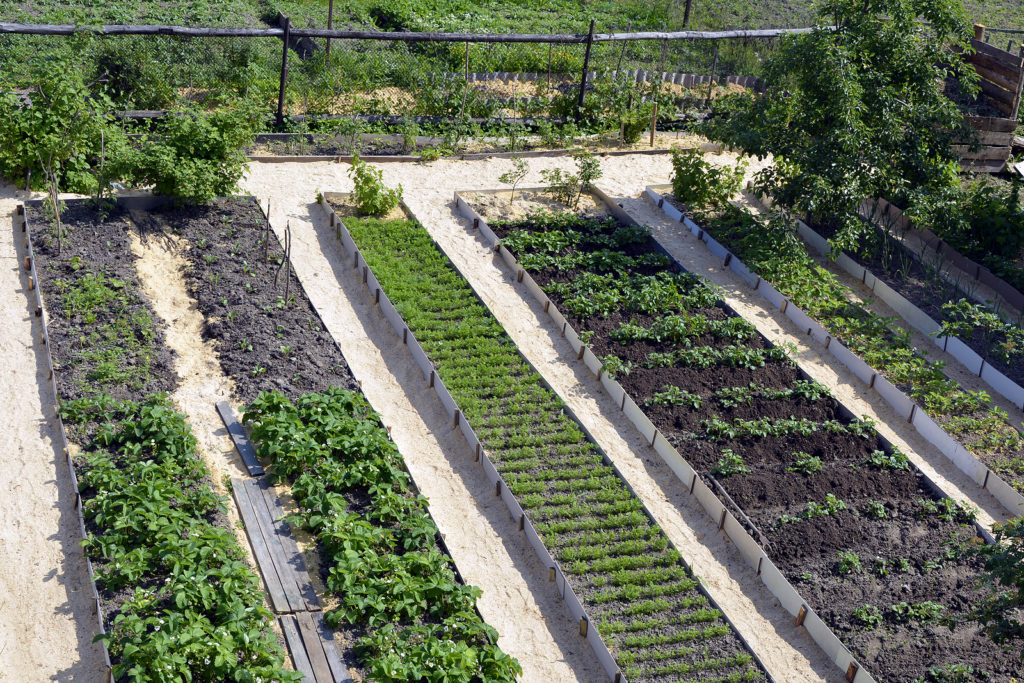
Reverse season growing
In some regions winters are not cold—they are mild. In mild and warm winter regions, many vegetables grow best during the winter because the summers are too hot. These regions—much of Florida, southern California, and parts of the Gulf Coast and Southwest–are sometimes called reverse season climates. You can grow vegetables outdoors in the winter in reverse-season climates.
Cooperative Extension and weather service
You can get more specific information about your location by contacting the weather service or the state college cooperative agricultural extension near you. They can tell you the average date of the last frost in spring and the average date of the first frost in autumn. Mark each date on your calendar. The number of days in between is the growing season where you live.
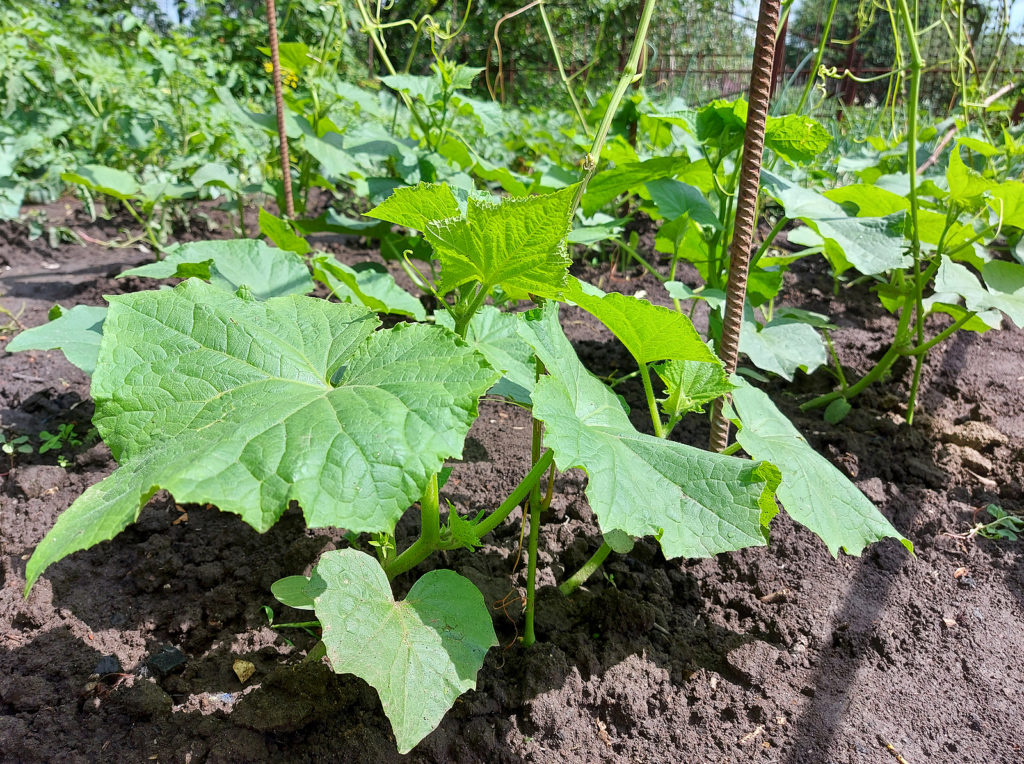
A few growing season examples
Here are a few examples of average last and first frost dates and growing season lengths in the United States:
East Coast:
| City | Average last frost | Average first frost | Days in season |
| Jackman, Maine | May 29 | Sep 19 | 112 |
| Providence, RI | Apr 19 | Oct 19 | 182 |
| Charlotte, NC | Apr 11 | Oct 28 | 199 |
| Jacksonville, FL | Feb 17 | Dec 10 | 295 |
West Coast:
| City | Average last frost | Average first frost | Days in season |
| Spokane, WA | May 10 | Oct 4 | 146 |
| Portland, OR | Mar 11 | Nov 22 | 255 |
| Sacramento, CA | Feb 21 | Nov 26 | 277 |
| San Diego | infrequent | infrequent | 365 |
Mid-Southern:
| City | Average last frost | Average first frost | Days in season |
| Atlanta, GA | Mar 29 | Nov 13 | 228 |
| Shreveport, LA | Mar 16 | Nov 14 | 242 |
| Dallas, TX | Mar 12 | Nov 22 | 254 |
| Roswell, NM | Apr 10 | Oct 29 | 201 |
Mid-Northern
| City | Average last frost | Average first frost | Days in season |
| Fort Wayne, IN | May 1 | Oct 9 | 160 |
| Cairo, IL | Apr 10 | Oct 26 | 198 |
| Omaha, NE | Apr 27 | Oct 5 | 160 |
| Denver, CO | May 4 | Oct 5 | 153 |
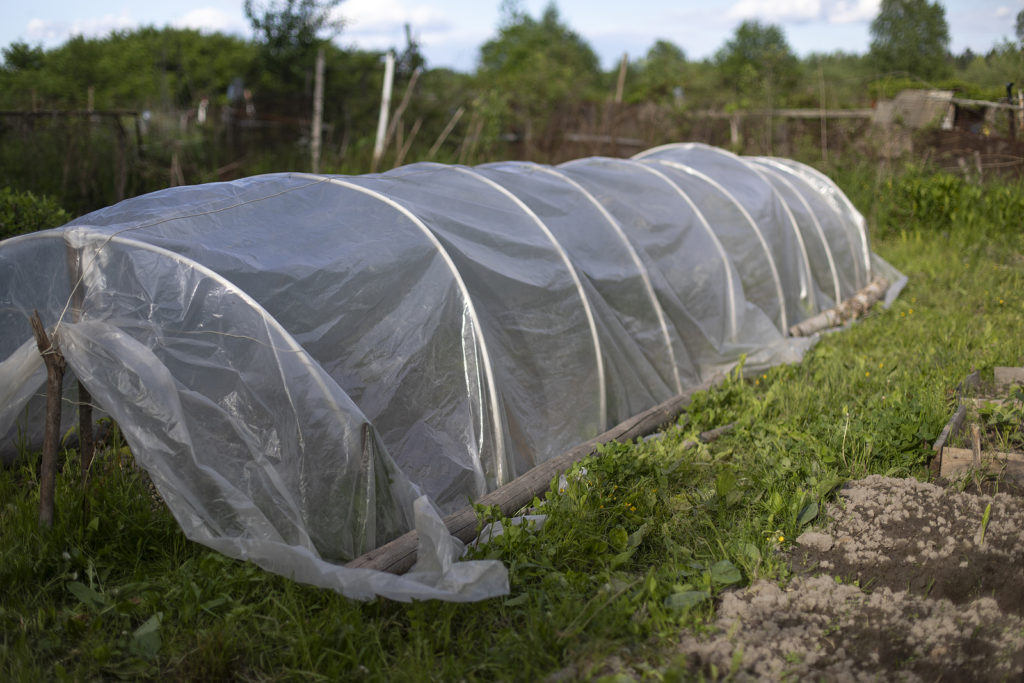
Growing season worksheet
Your growing season is the number of frost-free days where you live. Growing seasons vary from one region to the next and sometimes from one part of town to the next.
Frost dates
There are two important dates that you must consider before selecting your crops and deciding when to plant: (1) you must know the average date for the last frost in spring, and (2) you must know the average date for the first frost in the fall. The number of days in between is the length of your natural growing season.
The last spring frost date determines when you can plant outdoors. The first fall frost date tells you when your growing season is coming to an end. The exact date of the last frost and the first frost can vary from year to year, but if you use the average date of the last and first frost you can plan your garden activities—importantly when to plant—each year.
Where to get frost dates
- Search online for the average frost dates for your location.
- Call the nearby Cooperative Extension Service. Check directory assistance for the number or look online.
- Ask at a nearby garden center or ask an experienced gardener.
Days in the growing season
The length of the growing season – the number of frost-free days between the last frost and the first frost – will have a direct bearing on which vegetables you can grow successfully. Each seed packet will tell you the number of days from germination to harvest for that variety. The days from germination to harvest must fit within your growing season. Typically, you will be able to grow the same crop more than once in an average growing season—but not always.
Calculate your growing season
The length of your growing season is the number of days between the last frost and the first frost. Use the worksheet below to mark your calendar and count the days.
Location of my garden:_______________________________
Average last frost date in spring:________________________
Average first frost date in autumn:_________________________
Average number of days in the growing season:__________________
Growing season and crops you can plant
Now that you know the length of the growing season where you live. You can begin to plan what to plant in your garden.
Make a list of the crops you want to grow. Purchase the seeds for each crop and make a list. Next to each crop, note the number of days from seed sowing to harvest written on the seed packet. The number of days must fit within your growing season.
For example, radishes usually take 25 days to reach harvest from seed sowing. If your growing season is 100 days, you can grow 4 successive crops of radishes in your garden. If you are growing tomatoes that take 90 days from seed sowing to harvest, you can grow one crop in your 100 days growing season.
Use your garden calendar or sketch out a timeline to plan the crops you will grow in the coming growing season.
Ready to grow
Once you become familiar with the number of days in your growing season and when to expect the last frost in spring and the first frost in fall, you will be able to plan when to plant and when to harvest. With the number of days to maturity required by each crop, you will be able to plan how many plantings and harvests you can fit into your natural growing season. And if you decide you want to be a year-round vegetable gardener you will be able to plan when to protect your winter crops.
Planting times roadmap
The three most active planting periods in the vegetable garden are:
- Early spring before the last frost when hardy frost-tolerant cool-season vegetables can be planted for late spring and early summer harvest.
- Late spring to early summer, 2 weeks or more after the last frost when tender crops can be planted for summer harvest.
- Mid to late summer when succession warm-season crops can be planted and cool-weather crops for fall harvest can be planted.
Month-by-month roadmap
Common outdoor planting times in most temperate regions of the Northern Hemisphere are:
- Mid-March to mid-April—early spring–for planting early, hardy crops.
- May 1 to June 1—late spring– for planting tender crops.
- Late June to late July—mid-summer–for planting succession crops warm weather crops and cool-season crops for fall and winter harvest.
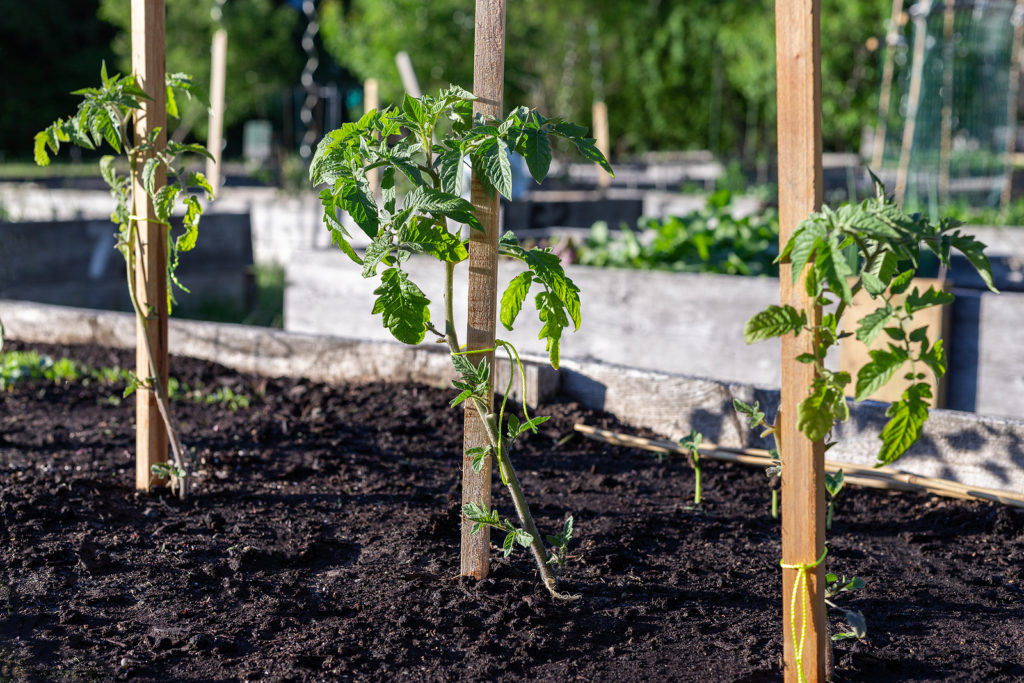
Crops by season
- Early spring planted crops—these are hardy vegetables–include beets, carrots, turnips, lettuce, onions (sets, plants or seed), leeks, radishes, parsnips, salsify, cabbage, collards, broccoli, Brussels sprouts, cauliflower, mustard, spinach, Swiss chard, parsley, early celery, peas, and potatoes.
- Late spring and early summer planted crops—these are tender vegetables–include beans of all types, corn, tomatoes, eggplants, peppers, squash, cucumbers, melons, pumpkins, okra, and sweet potatoes.
- Mid and late summer planted crops for fall and sometimes winter harvest includes bush beans, beets, carrots, turnips, rutabagas, lettuce, Chinese cabbage, cabbage, collards, broccoli, Brussels sprouts, and kale. Tender crops that can mature before the first frost can also be planted a second or third time in mid to late summer.
Close familiarity with your climate and the growing season is very important when planning your vegetable garden. Be sure to mark your calendar with the average date of the last frost in spring as well as the date of the average first frost in autumn.
Extending your growing season
Mother Nature does not have to have the final word on your growing season. You can extend the growing season where you live by growing vegetables under plastic tunnels, in greenhouses, or in the house. Even in the coldest regions, you can grow vegetables all year long.
Protecting out-of-season vegetables
Many warm-season vegetables can be grown out of season if they are protected from temperatures below 50F (10C). Vegetables can be protected from low temperatures with cloches, row covers, cold frames, hotbeds, and greenhouses.
Tender plants started under protection should not be set outdoors before the date of the last frost. Plants started in a cold frame or under cover should be hardened gradually by exposure to the outdoor air before transplanting.
Seeds and transplants should be planted in workable soil, which means not too cold or too wet. Planting in cloudy weather or in the evening or early morning will safeguard against wilting.
Related Articles :
First and Last Frost Dates and Growing Season
What Every Vegetable Garden Needs
How Big Should Your Vegetable Garden Be?
Garden Planning Books at Amazon:
- Vegetable Garden Grower’s Guide
- Tomato Grower’s Answer Book
- Vegetable Garden Almanac & Planner
- Kitchen Garden Grower’s Guide Vegetable Encyclopedia


